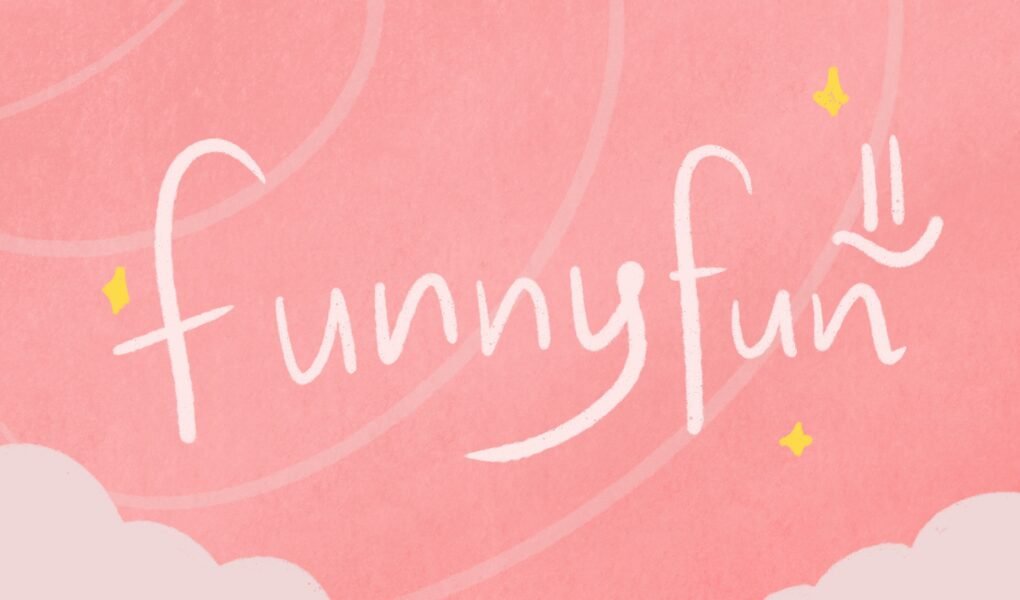In the ever-evolving world of digital design, staying current with the latest trends while maintaining artistic integrity has become increasingly important. This comprehensive guide explores the cutting-edge trends shaping the 2D design landscape in 2025 and beyond.
Introduction
Current State of 2D Design
The 2D design landscape has transformed dramatically, driven by technological advances and changing aesthetic preferences. Today’s designs blend digital innovation with traditional artistic principles, creating unique visual experiences that resonate with modern audiences.
Evolution from Previous Years
Recent years have seen a shift from purely minimalist approaches to more expressive and experimental designs. This evolution reflects broader cultural changes and technological capabilities, while still maintaining functional clarity.
Contemporary Design Trends
Minimalism 2.0
Modern minimalism has evolved beyond simple white spaces and basic shapes:
- Functional minimalism
- Strategic color use
- Purposeful negative space
- Enhanced typography
- Subtle texture integration
Bold Typography
Typography has become a central design element:
- Custom typefaces
- Variable fonts
- Experimental layouts
- Mixed font styling
- Typography as art
Color Trends
Current color preferences include:
- Earth tones with digital twists
- Vibrant pastels
- Gradient evolution
- Nature-inspired palettes
- Dark mode optimization
Geometric Patterns
Geometric designs continue to evolve:
- Abstract compositions
- Mathematical precision
- Optical illusions
- Grid-based designs
- Dynamic arrangements
Organic Shapes
Natural forms are gaining prominence:
- Fluid shapes
- Biomorphic elements
- Hand-drawn influences
- Natural textures
- Asymmetrical balance
Digital Art Movements
Neo-Brutalism
This bold approach features:
- Raw aesthetics
- Stark contrasts
- Unrefined elements
- Bold typography
- Intentional harshness
Retro Futurism
Combining past and future:
- Vintage color palettes
- Modern compositions
- Nostalgic elements
- Future-forward concepts
- Hybrid aesthetics
Memphis Revival
Updated 80s inspiration:
- Playful patterns
- Bold color combinations
- Geometric shapes
- Asymmetrical layouts
- Experimental typography
Anti-Design
Breaking conventional rules:
- Controlled chaos
- Unconventional layouts
- Rule-breaking typography
- Unexpected combinations
- Purposeful discord
Technical Innovations
AI-Assisted Design
Artificial intelligence integration:
- Style transfer
- Pattern generation
- Color suggestion
- Layout optimization
- Automated processes
New Software Capabilities
Advanced tools offering:
- Real-time collaboration
- Cloud integration
- Vector innovations
- Enhanced effects
- Responsive design features
Digital Tools and Techniques
Modern tools enable:
- Seamless workflows
- Cross-platform compatibility
- Advanced texturing
- Smart objects
- Automated tasks
Industry-Specific Trends
Web Design
Current web trends include:
- Micro-interactions
- Scroll-triggered animations
- Immersive experiences
- Dynamic content
- Responsive typography
Mobile Apps
App design focuses on:
- Gesture-based interfaces
- Simplified navigation
- Dynamic elements
- Personalized experiences
- Accessibility features
Social Media
Platform-specific trends:
- Story-optimized designs
- Interactive elements
- Short-form content
- Branded filters
- Shareable graphics
Design Elements in Focus
Typography Evolution
Modern type trends:
- Kinetic typography
- 3D type effects
- Variable fonts
- Custom letterforms
- Typography as imagery
Color Schemes
Contemporary color approaches:
- Nature-inspired palettes
- Adaptive color systems
- Dark mode consideration
- Accessibility-focused
- Brand-driven choices
Pattern Usage
Pattern trends include:
- Generative patterns
- Abstract geometrics
- Organic textures
- Mixed media effects
- Dynamic repetition
Creative Techniques
Mixed Media Approaches
Combining different elements:
- Digital and analog
- Photo and illustration
- Type and texture
- Vector and raster
- 2D and 3D elements
Texture Applications
Modern texture usage:
- Digital grain effects
- Subtle noise layers
- Organic patterns
- Material simulations
- Depth creation
Animation Integration
Motion in static design:
- Micro-animations
- Hover effects
- Transition states
- Loading animations
- Interactive elements
Future Projections
Emerging Trends
Anticipated developments:
- AI integration
- Sustainable design
- Immersive experiences
- Cross-platform optimization
- Accessibility focus
Technology Impact
Future considerations:
- New device capabilities
- Enhanced software tools
- AI advancement
- Virtual reality integration
- Augmented reality potential
Conclusion
The 2D design landscape continues to evolve rapidly, driven by technological innovation and changing user expectations. Success in modern design requires balancing trending elements with timeless principles while maintaining focus on functionality and user experience.
FAQ Section
- How can designers stay current with rapidly changing trends?
Stay informed through design communities, online resources, industry publications, and continuous learning. Focus on understanding the principles behind trends rather than just copying surface-level aesthetics. - Should all current trends be incorporated into designs?
No, select trends that align with your project goals, brand identity, and target audience. Not every trend will be appropriate for every design project. - How can traditional design principles be balanced with modern trends?
Focus on maintaining good design fundamentals while thoughtfully incorporating trending elements. Use trends to enhance rather than override basic design principles. - What tools are essential for creating contemporary 2D designs?
Industry-standard software like Adobe Creative Suite remains important, but also consider new tools for specific needs: Figma for UI/UX, Procreate for digital illustration, and various AI-assisted design tools. - How important is accessibility in current design trends?
Accessibility is increasingly crucial in modern design. Ensure trending elements don’t compromise usability, and consider inclusive design principles in all projects.

